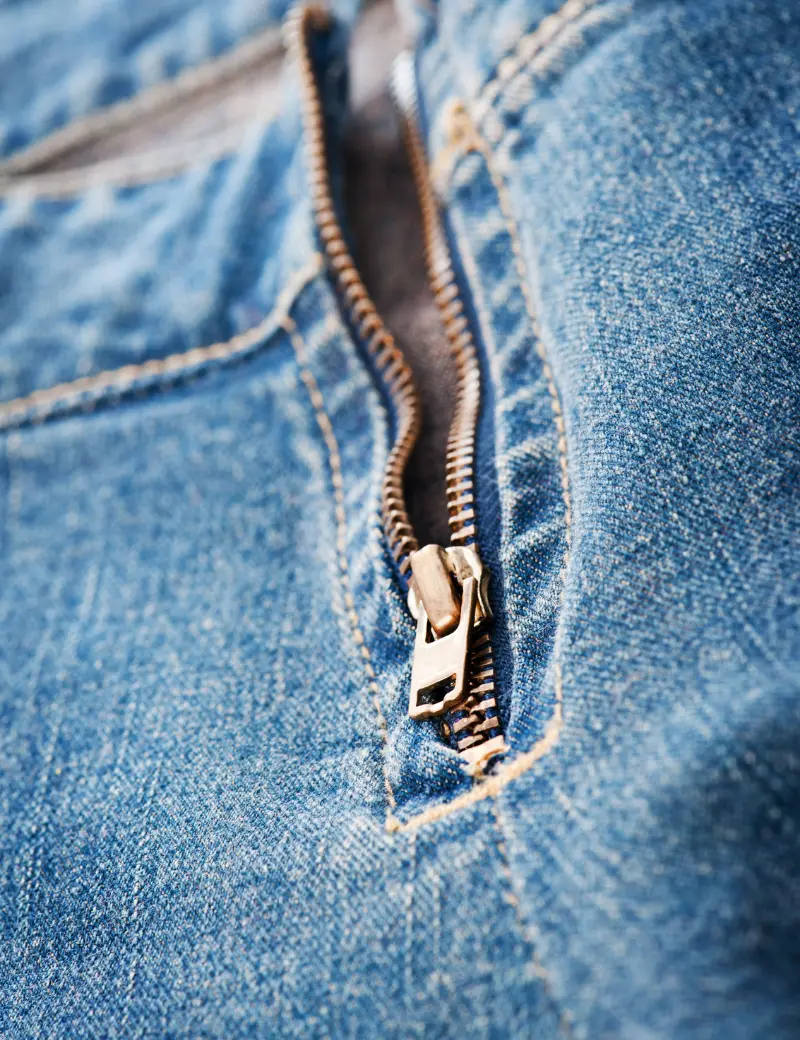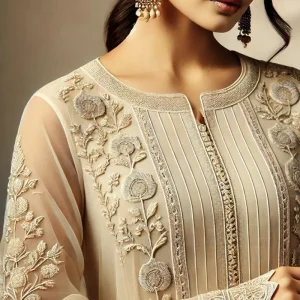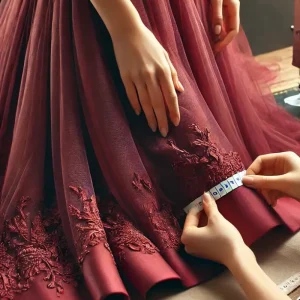No products in the cart.
Women’s Clothes Repairing Services
From ₹99.00
Our Garment Repair Service provides expert repairs to fix tears, rips, broken zippers, loose buttons, worn-out hems, damaged embroidery, and other garment issues. Whether it’s a saree blouse, lehenga choli, kurti, or Anarkali, we offer precise and careful repairs to restore your garments to their original beauty and function. We ensure that every repair is seamless, so your garments look great, feel comfortable, and are ready for any occasion.
Choose any of the below options tailored to your occasion.
Description
Repairing women’s garments is an essential service that helps prolong the life of cherished outfits and keeps them looking fresh and wearable. Indian garments, often made from delicate fabrics or intricate designs, require special care when repaired. Here are some important pointers on repairing women’s garments:
1. Repairing Fabric Damage (Tears, Rips, and Holes):
- Invisible Stitching: When repairing a tear or rip, especially in delicate fabrics like silk, chiffon, or georgette, it’s important to use invisible or fine stitching techniques to ensure the repair is discreet. A skilled tailor will use tiny, neat stitches to patch the tear seamlessly without affecting the garment’s design or flow.
- Reinforcing Edges: If the fabric is torn near the edge of a seam, reinforce the area with a double stitch or even a fabric patch from the inside to prevent the tear from widening. For heavy fabrics like brocade or velvet, use a stronger stitch or thread to ensure durability.
- Patch Repairs: For larger holes, sometimes a fabric patch from the inside of the garment may be necessary. Choose a patch that matches the fabric’s color, texture, and design, and make sure it is stitched securely so it doesn’t show through the garment.
- Preventing Further Damage: After repairing the tear, use a fabric sealant or fray check on the edges to prevent further unraveling. This is particularly useful for fabrics like chiffon, georgette, or cotton, which tend to fray.
2. Zipper and Button Repairs (Blouses, Lehengas, Kurtis):
- Replacing a Broken Zipper: Zippers in saree blouses, kurtis, and lehengas can often get stuck or break. Replacing a zipper may involve removing the old zipper, choosing a new one of the correct size, and securely stitching it into place. For an invisible zipper look, choose a color that blends well with the fabric.
- Button Replacement: Indian garments often feature decorative buttons or hooks (like those on lehenga cholis or Anarkalis). If a button is missing or broken, it should be replaced with a matching button of similar size, color, and design. For delicate fabrics like silk, ensure the button doesn’t damage the fabric, and it is securely sewn to avoid future loss.
- Reinforcing Buttonholes: Buttonholes can sometimes stretch or wear out. Reinforcing or re-sewing the buttonholes with a tight stitch or adding interfacing behind the fabric can restore their structure and prevent them from expanding further.
3. Hem and Waistline Adjustments (Sarees, Lehengas, Salwars, Kurtis):
- Fixing Hemline Issues: The hem of Indian garments like saree blouses, lehengas, and salwars can wear out over time, especially if they are frequently worn or washed. Hem repairs can involve re-stitching the existing hem, or shortening/lengthening the hem if needed. For a clean finish, make sure the stitch is neat and aligned with the garment’s design.
- Adjusting Waistline Fit: For lehengas, salwars, and kurtis, the waistline can often lose shape over time, especially in garments that have elastic or drawstring waistbands. You can repair the waistline by replacing the elastic or adjusting the waistband for a better fit. Adding or removing pleats or fabric can also improve the overall waistline fit.
- Fixing the Waist Drawstring: If the drawstring on a salwar or lehenga choli has come undone or frayed, it can be replaced or re-threaded. Ensure that the new string matches the garment’s fabric in both color and strength.
4. Fixing Embroidery or Decorative Elements:
- Reattaching Embellishments: Indian garments like lehengas, saree blouses, and Anarkalis often feature delicate embellishments such as beads, sequins, mirrors, and threadwork. If any embellishments have come loose or fallen off, they can be carefully reattached using matching thread and a gentle stitching technique to avoid damaging the fabric.
- Repairing Threadwork: For garments with intricate embroidery, repairing damaged or unraveled threadwork is a delicate process. A skilled tailor will match the thread color and style of embroidery, re-stitching the design to restore its beauty. It’s important to maintain the original look while fixing any damaged sections.
- Replacing Decorative Tassels or Fringes: If decorative elements like tassels, latkans, or fringes have been damaged or fallen off, they can be replaced or repaired. Make sure to securely stitch them back using the correct thread and ensure that the color and style match the original design.
5. Repairing or Replacing Lining:
- Fixing the Inner Lining: Garments like saree blouses, lehengas, and kurtis often have inner linings that can wear out or tear over time. If the lining is damaged, it should be replaced with a similar fabric that complements the outer fabric. The lining should be carefully stitched to avoid visible seams, ensuring comfort and maintaining the garment’s structure.
- Reinforcing the Hem or Seams: If the lining is coming apart from the main fabric, the seam can be restitched to secure it in place. This helps the garment maintain its shape and prevents any sagging or bunching.
6. Fixing Stretch or Loss of Shape (For Stretch Fabrics):
- Restoring Fit: Some Indian garments, such as churidars, leggings, or fitted kurtis, are made of stretchable fabrics. If the garment has lost its shape or elasticity, it may need to be re-stretched or reinforced with a new elastic band, particularly around the waist or ankles.
- Restitching Seams: In cases where stretch fabrics have lost their form, restitching the seams (especially side seams) can restore the garment’s fit and structure. Additionally, reinforcing seams with stretchable thread helps maintain the garment’s flexibility.
7. Fixing Loose or Damaged Seams (Lehengas, Saree Blouses, Anarkalis):
- Restitching Side Seams: If the side seams of a lehenga, saree blouse, or kurti have become loose, the garment will lose its shape and structure. It’s important to carefully restitch these seams to ensure the garment stays intact and fits properly. Reinforcing seams where fabric has worn down will prevent further unraveling.
- Fixing Underarm or Shoulder Seams: Underarm or shoulder seams are particularly prone to wear and tear, especially in fitted garments. If these seams become undone, they should be carefully restitched to maintain the garment’s integrity. A strong, secure stitch will ensure durability.
8. Other General Garment Repairs:
- Fixing Frayed Edges: For garments like sarees or shawls with frayed edges, the fraying can be stopped by carefully stitching the edges or applying a hem or finish to prevent further damage. This is particularly important for delicate fabrics like chiffon, georgette, and organza.
- Dealing with Puckering: If the fabric is puckering or gathering in an unwanted way, this may be due to excess fabric or incorrect stitching. Puckering can be fixed by adjusting the tension of the stitches, releasing excess fabric, or smoothing out the fabric and resewing the seams.






